+86-159 9860 6917
info@geofantex.com
geofantex@gmail.com
+86-400-8266163-44899
In the realm of civil engineering and construction, managing water effectively is a cornerstone for ensuring the longevity and safety of structures. The advent of geonet drainage mats has revolutionized how professionals approach water drainage and soil stabilization projects. This article delves into the science behind geonet drainage mats, exploring their design, benefits, applications, and environmental impact, providing a comprehensive understanding of their role in modern construction practices.
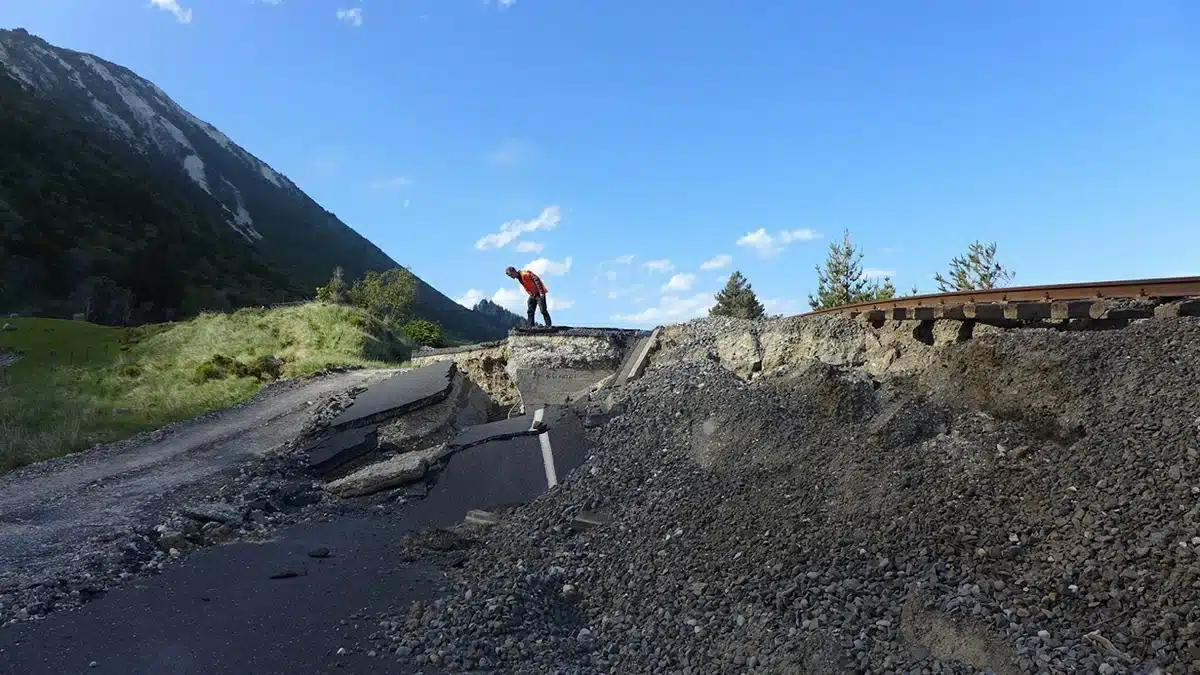
What are Geonet Drainage Mats, and How Do They Work?
Geonet drainage mats are engineered materials used in various civil engineering and environmental applications. They typically consist of high-density polyethylene (HDPE) or other durable polymers arranged in a structured, open-grid format. Here’s how they work:
- Drainage Capability: Geonet mats facilitate efficient water drainage due to their open-grid structure. Water flows through the geonet, preventing buildup and reducing hydrostatic pressure in the soil or construction area.
- Soil Reinforcement: They provide structural support and reinforcement to weak soils. By distributing loads more evenly, geonet mats enhance the stability of embankments, slopes, and other geotechnical structures.
- Filtration: Geonets often incorporate geotextiles to enhance filtration capabilities. This combination allows for the passage of water while filtering out soil particles, preventing clogging and maintaining long-term performance.
- Environmental Applications: They are used in various environmental protection applications, such as landfill liners, drainage systems in green roofs, and erosion control on steep slopes.
Overall, geonet drainage mats play a crucial role in enhancing drainage efficiency, stabilizing soils, and supporting sustainable construction practices across different civil and environmental engineering projects.
What Advantages Do Geonet Drainage Mats Offer Over Traditional Drainage Systems?
Enhanced Water Flow Management:
- Geonet Structure: The three-dimensional structure of Geonet drainage mats allows for efficient water flow, minimizing the risk of waterlogging and promoting rapid drainage.
- Flow Capacity: These mats offer higher flow rates compared to traditional systems due to their open, porous structure.
Reduced Installation Time and Cost:
- Ease of Installation: Geonet mats are lightweight and flexible, making them easier and quicker to install than conventional drainage systems, which often require extensive excavation and piping.
- Labor Savings: The simplified installation process reduces labor costs significantly.
Durability and Longevity:
- Material Strength: Made from high-density polyethylene (HDPE) or polypropylene, Geonet mats are highly resistant to chemical degradation, UV radiation, and physical damage.
- Long Lifespan: The durability of the materials used ensures a longer lifespan compared to traditional materials like concrete or metal pipes.
Environmental Benefits:
- Eco-Friendly Materials: Many Geonet mats are made from recycled materials, contributing to sustainability.
- Reduced Environmental Impact: The minimal excavation and reduced disturbance to the surrounding environment make them a more eco-friendly option.
Versatility and Flexibility:
- Adaptability: Geonet drainage mats can be used in a variety of applications, including retaining walls, green roofs, and roadways, due to their flexible and adaptable nature.
- Customizable Solutions: They can be tailored to fit specific project requirements, providing customized drainage solutions.
Improved Soil Stability:
- Erosion Control: The mats help in preventing soil erosion by facilitating efficient water drainage, thus maintaining soil stability.
- Vegetation Support: They also support vegetation growth by maintaining an optimal water balance.
Geonet drainage mats offer several advantages over traditional drainage systems, including enhanced water flow management, reduced installation time and cost, increased durability, environmental benefits, versatility, and improved soil stability. These features make Geonet drainage mats a superior choice for managing water drainage and runoff in various applications.
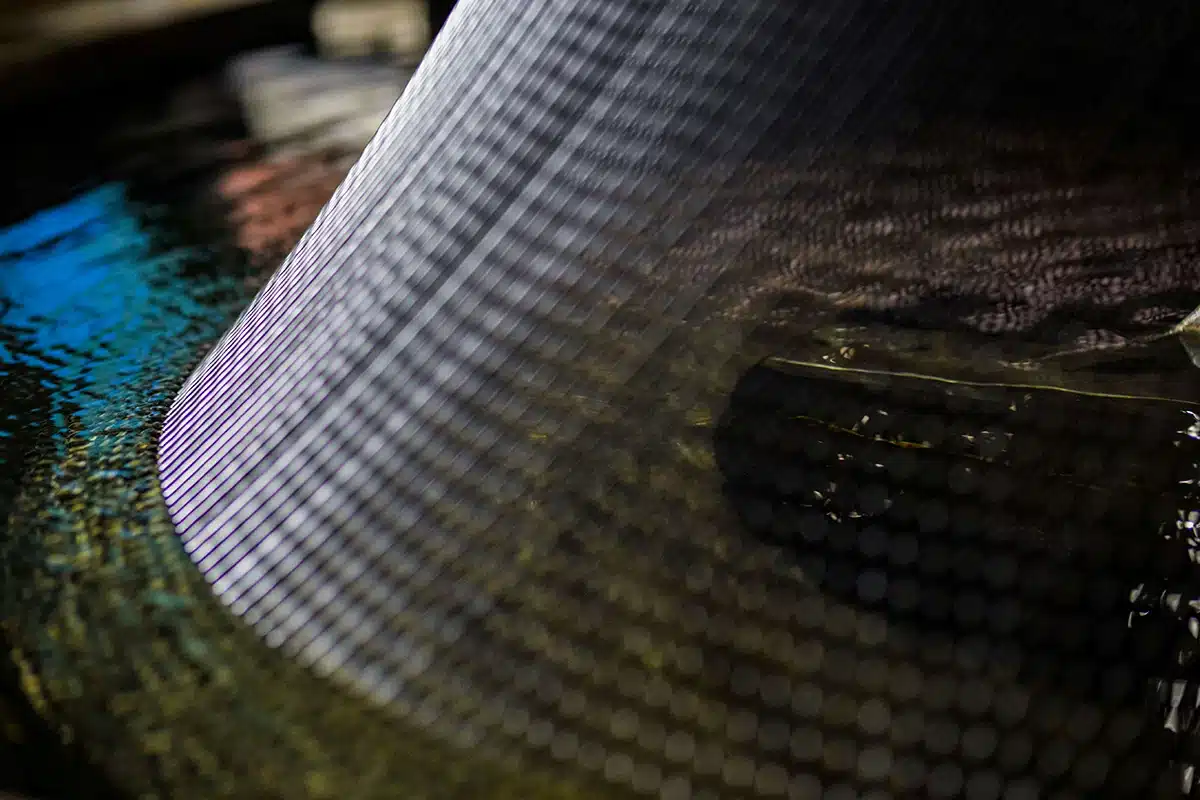
Where are Geonet Drainage Mats Most Effectively Used?
Geonet drainage mats are highly effective in various civil engineering and environmental applications where superior drainage and filtration are required. Here are some of the most common uses:
- Landfills: Geonets are widely used in landfill designs to manage leachate collection and removal. They are placed between layers of geomembranes and geotextiles to ensure efficient drainage, preventing liquid build-up that could cause stability issues.
- Roadways and Railroads: For road and railroad construction, geonet drainage mats help stabilize the foundation. They facilitate the swift drainage of water, which can extend the life of the pavement or tracks by preventing water retention and associated damages like erosion or freeze-thaw cycles.
- Retaining Walls: In retaining wall systems, geonets are used to prevent water pressure buildup behind the wall structure. This application is crucial for maintaining the integrity and longevity of the wall, reducing the risk of water damage and structural failures.
- Green Roofs: On green roofs, geonet drainage mats are used beneath the soil layer to allow excess water to drain away effectively. This prevents waterlogging, promotes healthy plant growth, and protects the roof structure from water damage.
- Tunnels: In tunnel construction, particularly in areas prone to water ingress, geonets can be used to channel water to designated drainage points, keeping the tunnel dry and reducing maintenance costs.
- Erosion Control: Geonets help in controlling erosion on slopes and in swales by facilitating the rapid transfer of rainwater away from the surface, thus minimizing surface runoff and erosion potential.
These are just a few examples of where geonet drainage mats can be used effectively, showcasing their versatility and importance in modern construction and environmental projects.
What is the Environmental Impact of Using Geonet Drainage Mats?
Geonet drainage mats are used in construction and infrastructure projects for efficient water drainage and erosion control. Understanding their environmental impact is essential to ensure sustainable practices.
Ecological Footprint
- Material Composition: Geonet mats are typically made from synthetic polymers such as high-density polyethylene (HDPE). The production of these materials involves the extraction and processing of petroleum, leading to greenhouse gas emissions and energy consumption.
- Manufacturing Process: The production of geonet mats requires significant energy and resources, contributing to carbon emissions and industrial waste.
Sustainability Implications
- Durability and Longevity: Geonet drainage mats are designed for long-term use, reducing the need for frequent replacements and minimizing waste generation.
- Recyclability: Some geonet mats are recyclable, allowing for the recovery and reuse of materials, which can reduce their overall environmental impact.
- Waste Management: Proper disposal and recycling of geonet mats at the end of their life cycle are crucial to prevent environmental contamination and landfill accumulation.
Effects on Ecosystems
- Habitat Disruption: The installation of geonet mats can disrupt local ecosystems, particularly during the construction phase. It can lead to soil compaction, vegetation loss, and disturbance to wildlife habitats.
- Water Quality: Geonet mats help manage water flow and reduce erosion, which can positively impact water quality by preventing sediment runoff into water bodies. However, improper installation can lead to water stagnation and pollution.
- Chemical Leaching: Over time, synthetic polymers may degrade and leach chemicals into the soil and water, potentially affecting soil health and aquatic life.
While geonet drainage mats offer benefits in erosion control and water management, their environmental impact depends on material composition, manufacturing processes, and end-of-life disposal. Sustainable practices, such as using recyclable materials and ensuring proper installation and disposal, can mitigate some of the negative effects on ecosystems.
Geonet drainage mats represent a significant advancement in construction and environmental engineering, offering a sophisticated solution to age-old challenges of water management and soil stabilization. Their design, combining efficiency with sustainability, provides a compelling alternative to traditional drainage systems, making them indispensable in modern construction projects. By understanding the science and applications of geonet drainage mats, professionals can leverage these tools to enhance the durability, safety, and environmental compatibility of their projects, paving the way for a future where construction and nature coexist harmoniously.
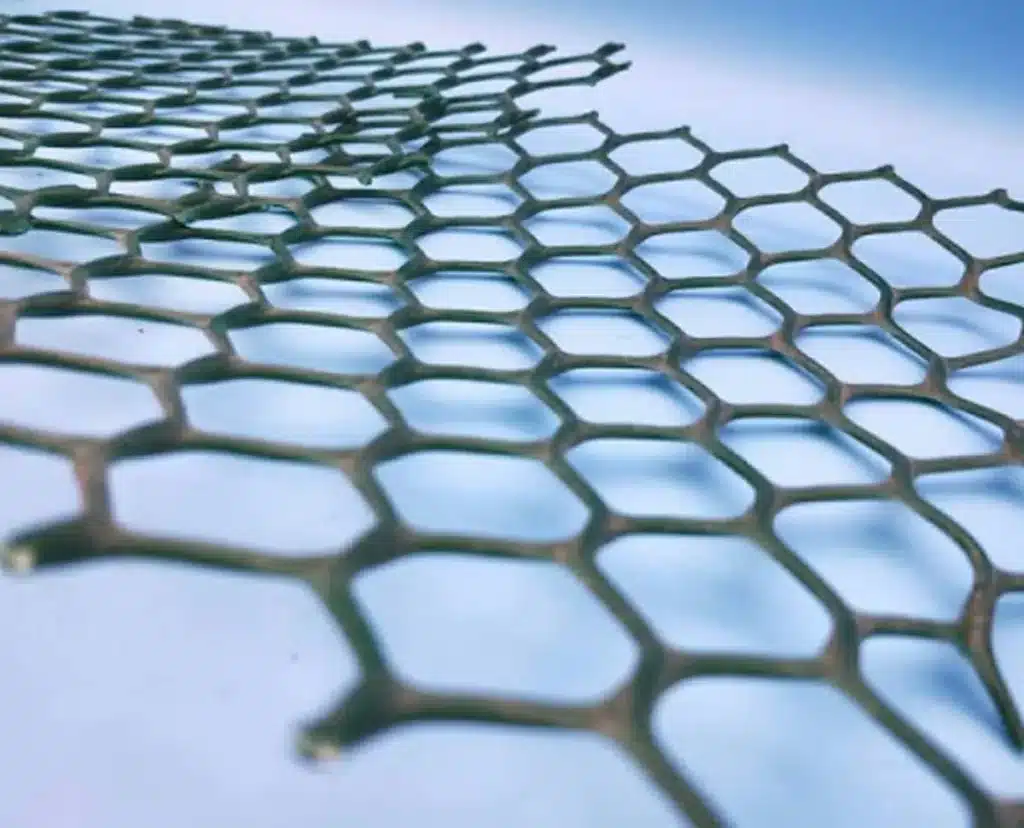
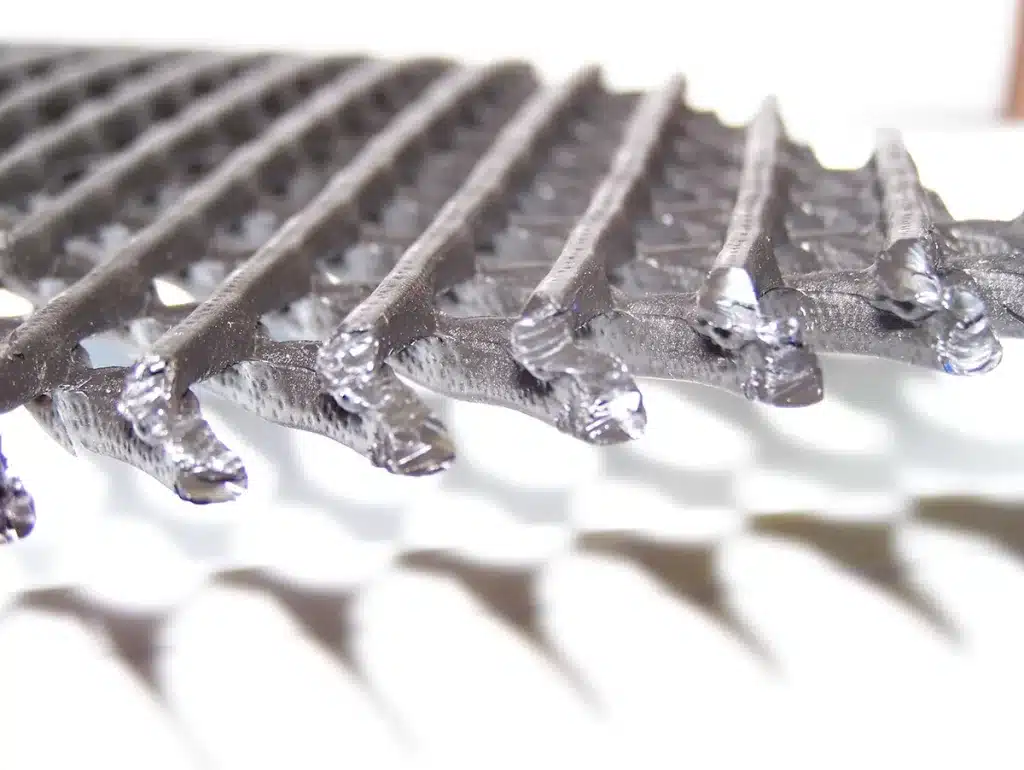
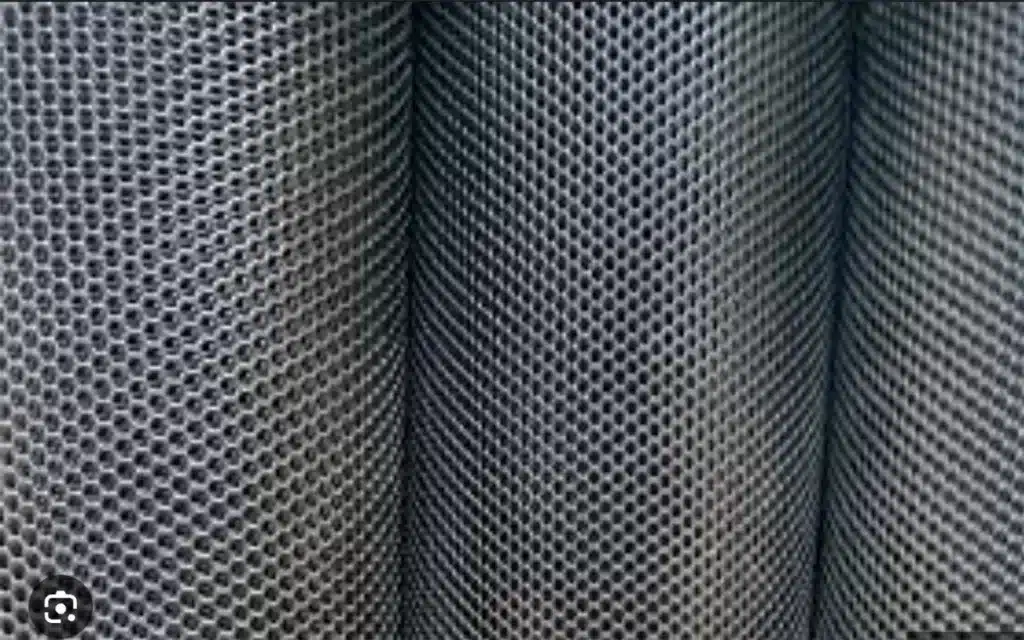
Get Free Sample
We’ll respond as soon as possible(within 12 hours)





















